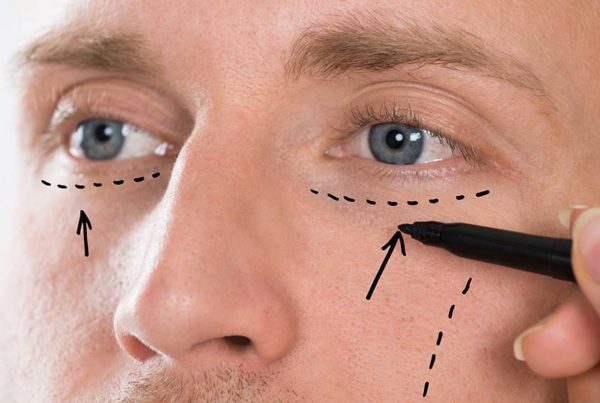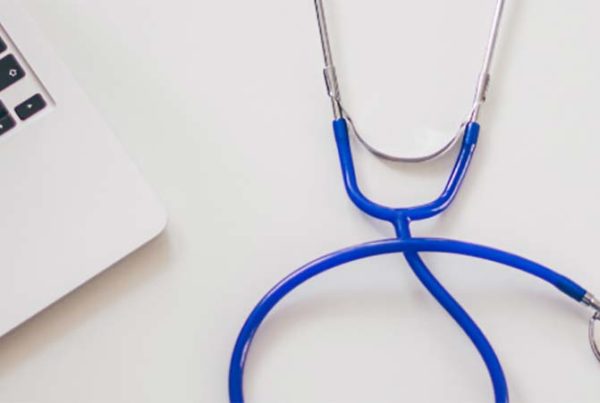
Despite what some people think, what happens in the operating room during a facelift is not made up on the day! Every aspect of the surgery is considered and discussed beforehand and constructed as part of a surgical plan.
Operative planning for a facelift takes place in the office, over more than one consultation with my patients. First, we discuss whatever concerns are to be addressed in detail with the patient and their support person (this all happens well before surgery). Then, we decide together on the surgical plan, including the actual manoeuvres that will be used in the operation. For example, there may be a SMAS lift for the jawline, a platysmaplasty to correct upper neck ageing, fat grafting or augmentation of the cheek. The plan may also include correction of the lower lid cheek junction, a temple lift or brow lift, or upper lid surgery to freshen that area.
I always make sure to discuss in detail where any scars will be positioned, and all aspects of the proposed surgical plan. In my opinion It’s very important for the patient to go into surgery on the day knowing exactly what’s going to happen.
You might be wondering how surgeons decide on the order the operation takes place on the day. Well it depends on the individual surgeon, but this is how I do it. On the day of surgery, the patient is admitted to hospital and then I see them with the anaesthetist just before they go into surgery. I go over the plan and then mark the patient according to the plan whilst they are still awake and sitting up, so that they have an opportunity to ask any last-minute questions they may have.
During the operation itself, we always use a general anaesthetic. The team takes great care to position the patient carefully and comfortably on the operating table. Particular attention is paid to pressure areas and making sure the patient is warm and safe on the operating table.
The order in which I do the operation is typically this: I start with the neck first if I need to do a platysmaplasty or make a muscle sling for the neck, or if I need to do liposuction on the neck. The reason for this is that once the SMAS layer of the mid-face is elevated, it makes all the neck structures tighter, so it’s a bit harder to access them. The second step is usually upper lid surgery if it’s on the plan. This is a standalone operation and it can be a bit fiddly, so it’s nice to get it out of the way. Also, I prefer to do it before there’s any facial swelling. Next, I usually do any brow or temple work that’s required and lastly, I work on the mid-face and neck SMAS lifting, platysma lifting and fixation procedures.
Most of the facelifts I have performed in the past 10 years in my practice have involved significant fat grafting, usually around the cheek area and sometimes around the mouth or temples. When this happens, I normally start the operation by harvesting some fat from wherever we are getting it from – typically the back or the butt area, thighs or tummy – and then I do the fat grafting carefully at the beginning of the procedure before there’s any swelling. These areas are all pre-marked before I begin.
Once surgery is over and the plan has been carried out, post-surgical care begins. The patient is wrapped carefully in padded gauze dressings and taken to the recovery room where they are woken up by the anaesthetist.
There is normally an overnight stay in hospital and then the next day I see the patient first thing in the morning and remove all the dressings. We replace the dressings with Velcro pressure garments which can be put on and taken off easily during the healing period. To prepare for the journey home, they can take a shower and have their hair washed by nursing staff.
Now the process of healing and recovery begins, but I’ll talk about that in more detail in future posts.
Thanks for reading!
Take a look at my realself profile where you can read patient reviews.





